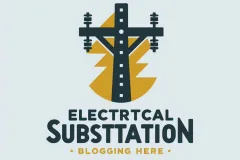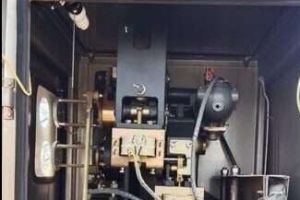Introduction
Electrical troubleshooting is a systematic approach to identifying and resolving electrical issues. Whether you’re a homeowner, DIY enthusiast, or aspiring electrician, mastering this skill can save you time, money, and potential safety hazards.
Safety First: Essential Precautions:
Before diving into any electrical troubleshooting:
1. Always prioritize safety. Electricity can be extremely dangerous and potentially fatal.
2. Turn off power at the circuit breaker or main power source before investigating any electrical issue.
3. Use proper personal protective equipment (PPE):
– Insulated gloves
– Safety glasses
– Non-conductive footwear
4. Never work on electrical systems if you’re not confident or lack proper training.
The Electrical Troubleshooting Guide:
1. Gather Information
– Carefully observe and document the specific problem
– Note when the issue started
– Identify any patterns or specific circumstances surrounding the problem
– Write down:
* What exactly is happening (or not happening)
* When it occurs
* Under what conditions
2. Visual Inspection
Conduct a thorough visual examination:
– Check for obvious signs of damage
– Look for:
* Burn marks
* Frayed or damaged wires
* Loose connections
* Signs of overheating
* Corrosion
* Tripped circuit breakers
* Blown fuses
3. Use the Right Tools
Essential tools for electrical troubleshooting:
– Multimeter
– Voltage tester
– Continuity tester
– Wire strippers
– Insulation tape
– Screwdrivers (insulated)
– Flashlight
4. Diagnostic Techniques
Voltage Testing
– Use a multimeter to check:
* Voltage at outlets
* Continuity of wires
* Resistance in circuits
– Understand how to read and interpret multimeter readings
Systematic Isolation
– Narrow down the problem by:
* Testing individual components
* Isolating specific sections of the circuit
* Removing variables one by one
5. Common Troubleshooting Scenarios
No Power:
1. Check the circuit breaker or fuse box
2. Verify the main power supply
3. Test the outlet or switch
4. Inspect the device or appliance
Intermittent Issues
– Look for:
* Loose connections
* Partial wire breaks
* Environmental factors
* Thermal expansion issues
Overheating or Burning Smell
– Immediate actions:
* Disconnect power
* Do not use the circuit
* Consult a professional electrician
Troubleshooting Tips and Tricks:
– Always work methodically
– Take notes during your investigation
– Draw circuit diagrams if helpful
– Document your findings
– Don’t rush – patience is key
– When in doubt, consult a professional
When to Call a Professional know your limits. Call a licensed electrician if:
– The problem involves the main power supply
– You’re dealing with complex wiring
– You feel unsafe or unsure
– The issue involves high-voltage systems
– Multiple attempts haven’t resolved the problem
Final Thoughts
Electrical troubleshooting is part of science, part of art. It requires:
– Patience
– Systematic approach
– Keen observation
– Safety consciousness
– Continuous learning
Pro Tips:
– Keep your tools organized and in good condition
– Regularly update your knowledge
– Take electrical safety courses
– Stay curious and always learn
Disclaimer:
This guide is for informational purposes only. Electrical work can be dangerous. Always prioritize safety and consult professionals when necessary.
Remember
The most important tool in electrical troubleshooting is your brain. Think carefully, move slowly, and always prioritize safety.





1 Comment